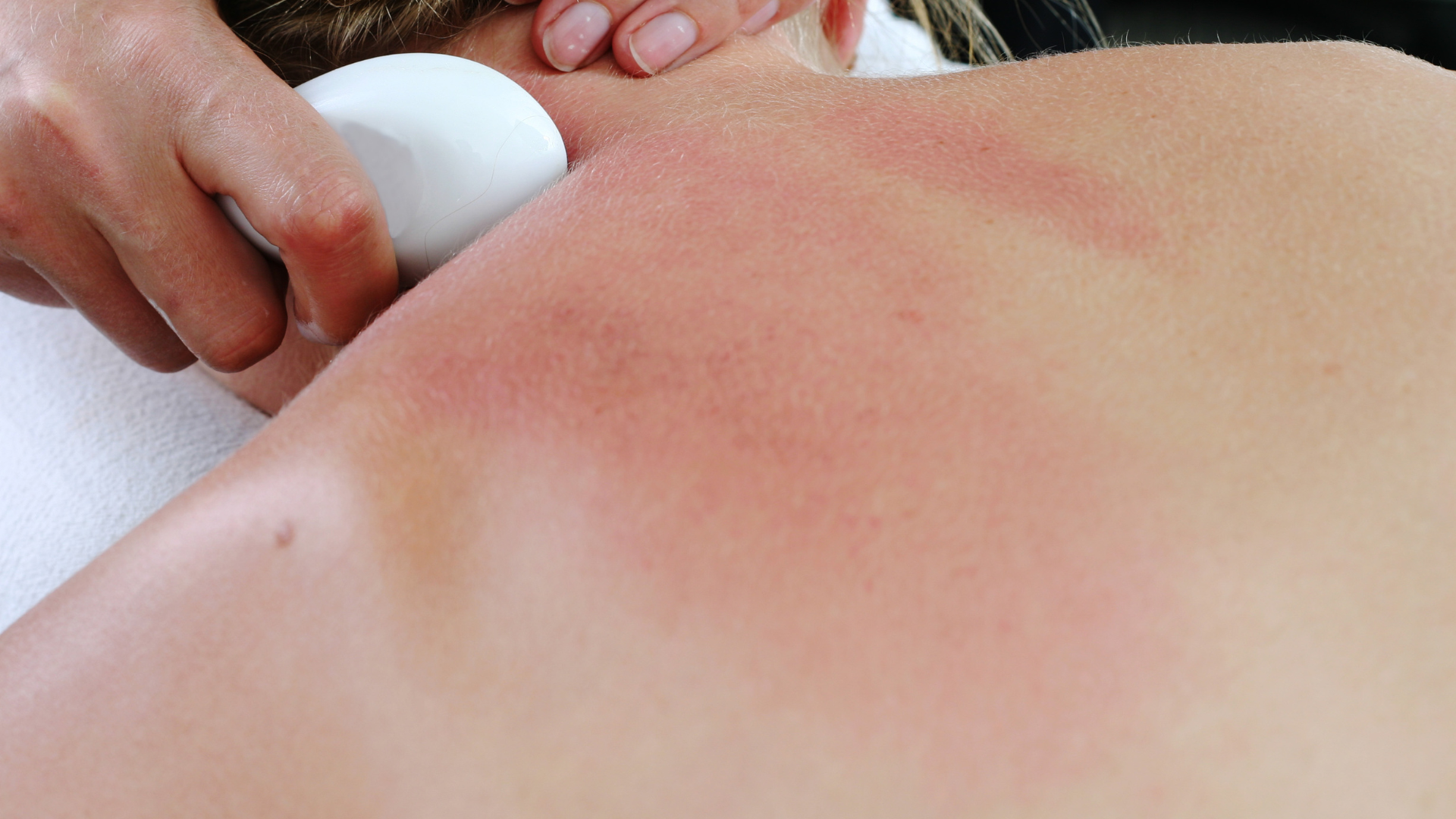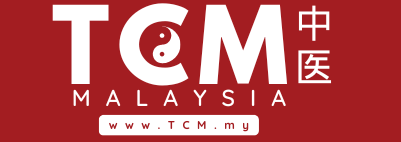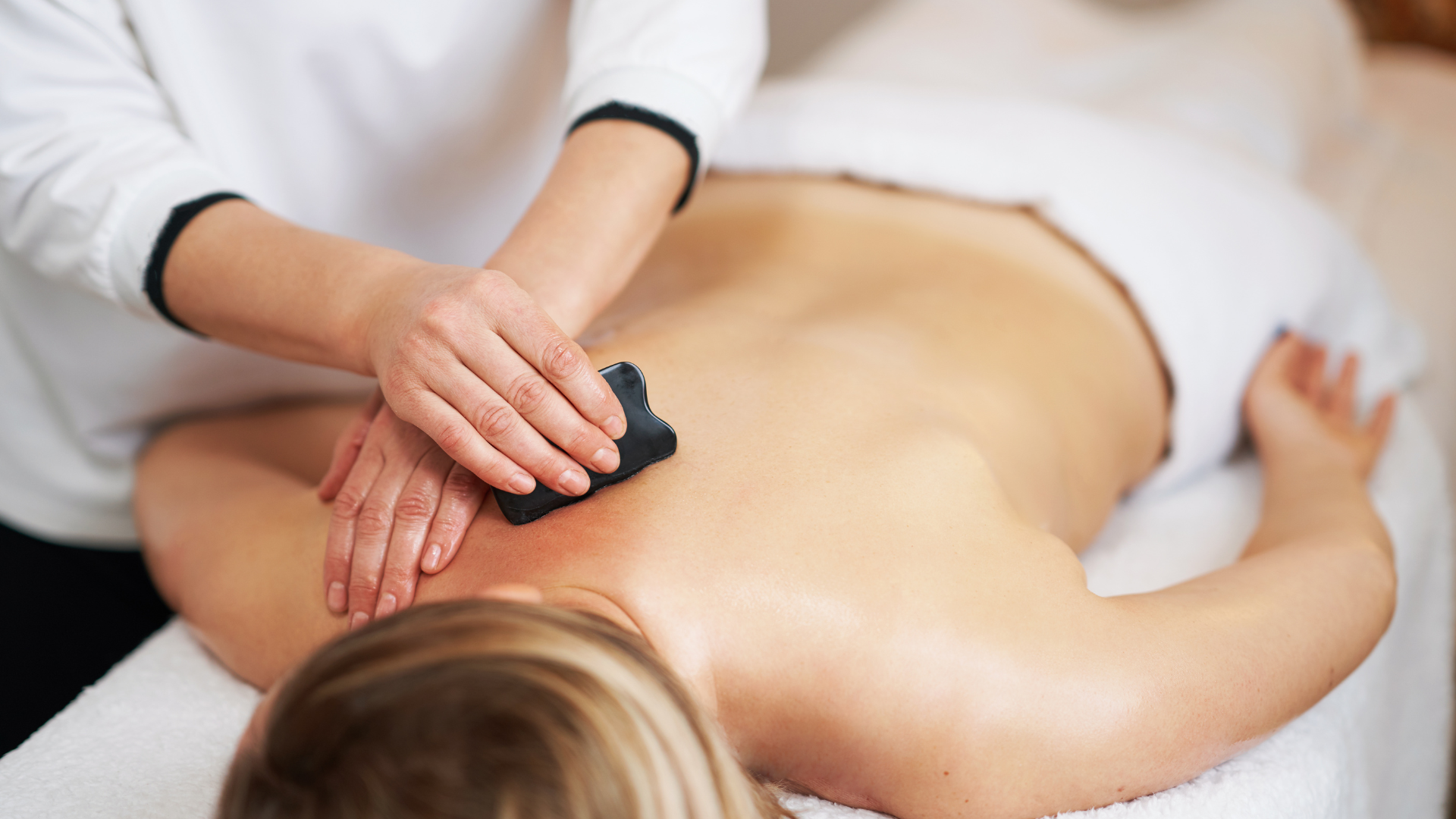Discover the benefits of Gua Sha, a Traditional Chinese Medicine (TCM) technique that uses a smooth-edged tool to promote circulation, reduce tension, and revitalize both face and body.
What Is Gua Sha?
Gua Sha (刮痧, literally “to scrape sand”) is an ancient healing practice rooted in Traditional Chinese Medicine (TCM). It involves using a smooth-edged tool—often made of jade, rose quartz, or buffalo horn—to gently scrape the skin. The friction created by the scraping motion helps stimulate microcirculation, reduce muscle tension, and support the free flow of Qi (vital energy) throughout the body.
Origins of Gua Sha
• TCM Foundation: Gua Sha is based on TCM principles that emphasize balancing the body’s internal energy and removing stagnation.
• Cultural Variations: Variations of this technique exist in many East and Southeast Asian cultures, sometimes referred to as “coining” or “spooning.”
How Does Gua Sha Work?
The underlying idea behind Gua Sha is to:
1. Promote Blood Circulation: By creating controlled friction on the skin, Gua Sha enhances blood flow to targeted areas.
2. Release Tension and Stagnation: Stiff muscles and tension points can be relieved through scraping, encouraging muscle relaxation.
3. Stimulate the Lymphatic System: Gua Sha can aid in detoxification and reduce swelling by stimulating lymphatic drainage.
4. Support Overall Well-Being: Many people find Gua Sha soothing, reporting reduced stress and a greater sense of relaxation.

Facial Gua Sha
Facial Gua Sha is known for its rejuvenating and sculpting effects. Rather than the firm pressure used on the body, facial Gua Sha is performed with gentle, light strokes to avoid bruising and irritation.
Key Benefits
• Reduced Puffiness: Encourages lymphatic drainage, helping diminish under-eye bags and facial bloating.
• Improved Complexion: Increased circulation can promote a healthier, more radiant skin tone.
• Relaxed Facial Muscles: Relieves tension in the jaw, forehead, and around the eyes.
• Enhanced Product Absorption: Applying serums or oils before Gua Sha may help skincare products penetrate more effectively.
How to Perform Facial Gua Sha
1. Cleanse and Prep: Start with a clean face. Apply a facial oil or serum for lubrication.
2. Use Gentle Pressure: Hold the tool at a 15–30° angle and glide it outward/upward in slow, gentle strokes.
3. Focus on Key Areas:
• Jawline and chin: Move from the center of the chin toward the ear.
• Cheeks: Gently scrape from the sides of the nose toward the temples.
• Forehead: Glide from the center of the forehead toward the hairline.
4. Repeat: Perform each stroke 3–5 times, ensuring you don’t cause pain or excessive redness.

Body Gua Sha
Body Gua Sha is typically more vigorous than the facial version. Practitioners often use medium to firm pressure on areas of tension or pain (e.g., shoulders, back, neck, or legs).
Key Benefits
• Pain Relief: Commonly used to address neck pain, back pain, or muscle stiffness.
• Improved Mobility: May help loosen tight fascia and muscles, improving flexibility.
• Stress Reduction: Many individuals report feeling relaxed and rejuvenated after a session.
How to Perform Body Gua Sha
1. Warm Up: A light massage or warm compress can help relax muscles before Gua Sha.
2. Use an Appropriate Tool: Jade or buffalo horn tools are popular. Lubricate the skin with oil or lotion.
3. Scrape in One Direction: Apply moderate pressure, moving the tool in a single direction (e.g., from top to bottom or inside to outside).
4. Look for “Sha”: Mild redness or small petechiae (tiny red dots), known as “Sha” may appear—this is normal and indicates increased circulation.
5. Post-Care: Avoid direct sunlight on treated areas and keep the body warm to aid healing.
Safety and Precautions
Gua Sha is generally safe when performed correctly, but consider the following:
• Bruising or Redness: Temporary redness, known as “sha,” is common. It should fade in a few days.
• Sensitive Skin: If you have very sensitive or broken skin, consult a healthcare professional before trying Gua Sha.
• Medical Conditions: Those with bleeding disorders or who take blood thinners should use caution.
• Professional Guidance: For best results—especially on the body—seek guidance from a licensed TCM practitioner or massage therapist.
Frequently Asked Questions
Q: Does Gua Sha Hurt?
A: Gua Sha should not be painful. You may feel mild discomfort or warmth during body Gua Sha but if you experience severe pain, reduce the pressure or stop.
Q: How Often Can I Do Gua Sha?
• Facial Gua Sha: 2–3 times per week with gentle pressure.
• Body Gua Sha: Once a week or as advised by a practitioner, especially if using firmer pressure.
Q: Can I Do Gua Sha at Home?
A: Yes! Many people practice DIY Gua Sha at home. Just ensure you learn proper techniques and use a high-quality, smooth-edged tool.
Conclusion
Gua Sha is a versatile, time-tested TCM technique that can benefit both the face and body. Whether you’re looking to relieve tension, improve circulation, or enhance your skin’s glow, Gua Sha offers a simple yet effective solution. For optimal results, consider seeking guidance from a TCM practitioner or qualified therapist—especially if you’re dealing with specific health conditions.


Great article!
Thank you!